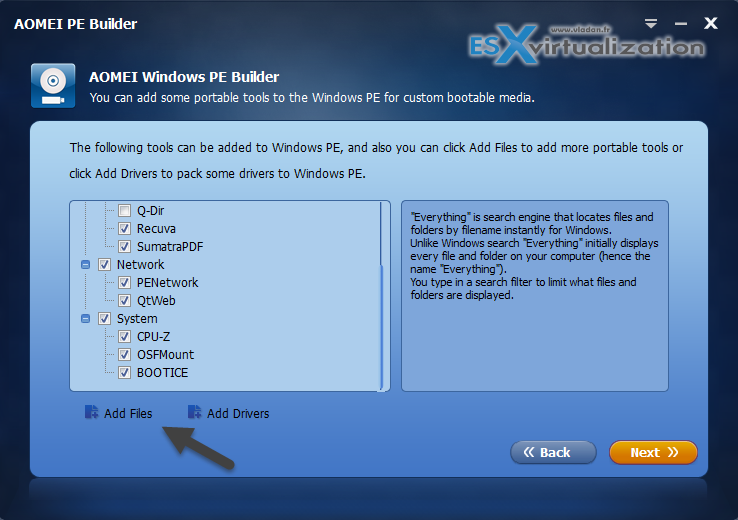

- CREATE MY OWN ISO IMAGE OF WINDOWS 10 HOW TO
- CREATE MY OWN ISO IMAGE OF WINDOWS 10 INSTALL
- CREATE MY OWN ISO IMAGE OF WINDOWS 10 PRO
Under Specify Name and Location, enter a name and location for your new VHD. Under Choose Disk Type, select Fixed size. On the Action menu, select New and then Hard Disk. Open Hyper-V Manager on your client system. Your first step is to create a new Generation 1 VHD in Hyper-V Manager, which will be the source VHD for a new virtual machine. You then use that VHD to create a virtual machine.
CREATE MY OWN ISO IMAGE OF WINDOWS 10 INSTALL
When you use an ISO image to install the operating system on your VM image, you start by creating a blank, fixed-size VHD in Hyper-V Manager. You have access to an Azure blob storage account to store your VHD after it is prepared. You have access to a Windows client with Hyper-V Manager installed. Windows ISO images can be downloaded from the Microsoft Evaluation Center.

You have an ISO image for the supported Windows version that you want to turn into a generalized VHD.
CREATE MY OWN ISO IMAGE OF WINDOWS 10 PRO
To prepare a generalized image created from a Windows VHD or VHDX, see Prepare a generalized image from a Windows VHD to deploy VMs on Azure Stack Edge Pro GPU.
CREATE MY OWN ISO IMAGE OF WINDOWS 10 HOW TO
This article describes how to prepare a Windows VM image using ISO installation media, and then generalize that image so you can use it to deploy multiple new VMs on your Azure Stack Edge Pro GPU device. To deploy VMs on your Azure Stack Edge Pro GPU device, you need to be able to create custom virtual machine (VM) images that you can use to create VMs. APPLIES TO: Azure Stack Edge Pro - GPU Azure Stack Edge Pro 2 Azure Stack Edge Pro R Azure Stack Edge Mini R


 0 kommentar(er)
0 kommentar(er)
